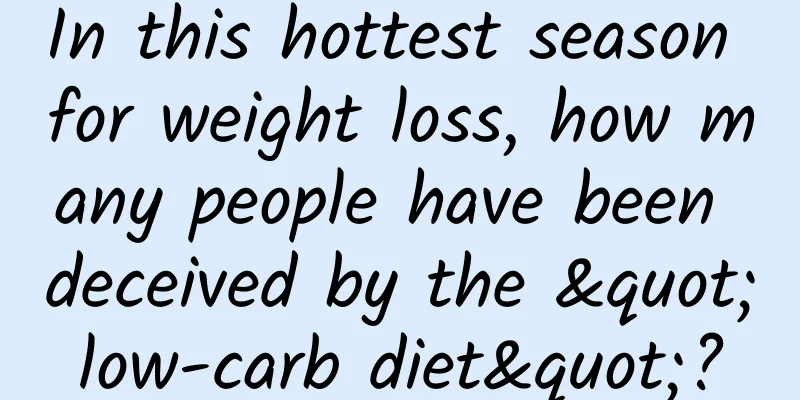3 symptoms indicate that your breasts are about to be damaged

|
It can be said that there is a great "correlation" between breast health and women's health, so how do we know if we have breast disease? All female friends, come in and take a look! Symptom 1: Breast lumps 1. A single lump in the breast that is not attached to the nipple skin, is painless, has a hard texture, unclear boundaries, low mobility, and grows quickly is a characteristic of early breast cancer. If it continues to develop and is accompanied by nipple inversion, orange peel-like changes in the breast skin, and pain, it is usually in the late stage. 2. Multiple round nodular masses of varying sizes appear in both breasts simultaneously or successively, without adhesions, mostly cystic breast hyperplasia; 3. A single or 2-3 small lumps in the breast with clear boundaries, smooth surface, large mobility, no pain, and slow growth are mostly breast fibroadenomas. 4. If the lump is nodular, hard, adhered to the skin, and has unclear boundaries, it may be breast tuberculosis. Symptom 2: Nipple discharge 1. Milky white liquid is mostly non-pathological milk retention; 2. Bloody fluid is often seen in intraductal papilloma or papillary carcinoma. 3. Colorless and transparent liquid leaks from the nipple, which is more common in menopausal women or patients with breast hyperplasia; 4. Yellow-green thick purulent fluid, mostly caused by mammary duct ectasia combined with chronic inflammation; Symptom 3: Breast pain 1. If one breast has intermittent diffuse dull pain, string pain, or localized dull pain, stabbing pain, and it is related to the menstrual cycle and mood changes, breast epithelial hyperplasia should be considered. 2. The pain occurs during lactation, presenting as distending pain or throbbing pain, accompanied by redness, swelling, and heat. The affected area becomes hard, and nipple cracks appear early. This is mostly mastitis. 3. In the late stage of breast cancer, severe breast pain may occur due to the invasion of nerves by the lesions. In addition, women may experience breast tenderness during puberty, premenstrual period, pregnancy, postpartum period, after sexual intercourse, and after abortion. This is mostly physiological pain that will disappear on its own without the need for special treatment. If the pain is severe and lasts for a long time, you should see a doctor promptly to check for other diseases. |
<<: Female massage nourishes the kidneys and replenishes deficiency
>>: Women's 8 parts darken to fight aging
Recommend
How to successfully maintain pregnancy in early stages
Pregnancy is a big event for women. From the earl...
Itchy eyes during confinement
Women during the confinement period must learn to...
Reasons why pregnant women look bad
We often say that we can tell whether a person is...
How to clear the milk ducts to avoid mastitis
If a woman's mammary ducts are blocked, it wi...
Can I have a painless abortion if I am more than two months pregnant?
Some things will never go as planned. For many co...
What to do if my boyfriend doesn't want me to get pregnant
Nowadays, society is developing and people's ...
How to get an abortion when you are pregnant?
What should you do if you accidentally get pregna...
Why can camels eat prickly cacti? The growth process of cacti from small to large
Cactus, also known as fairy palm, overlord tree, ...
Picture of the position of the cervix and uterus
The Creator created "women" and gave th...
Female thigh pain
What women fear most is that they will develop gy...
Can I use slimming cream during breastfeeding? Is it harmful to perm my hair during breastfeeding?
After going through the entire pregnancy period, ...
Why is nipple pressure painful?
If you feel pain when pressing your nipples, you ...
What are the hazards of essential oil back opening during menstruation
During menstruation, women will experience some d...
What are the hemorrhoid medicines for pregnant women?
It is very common for pregnant women to suffer fr...









